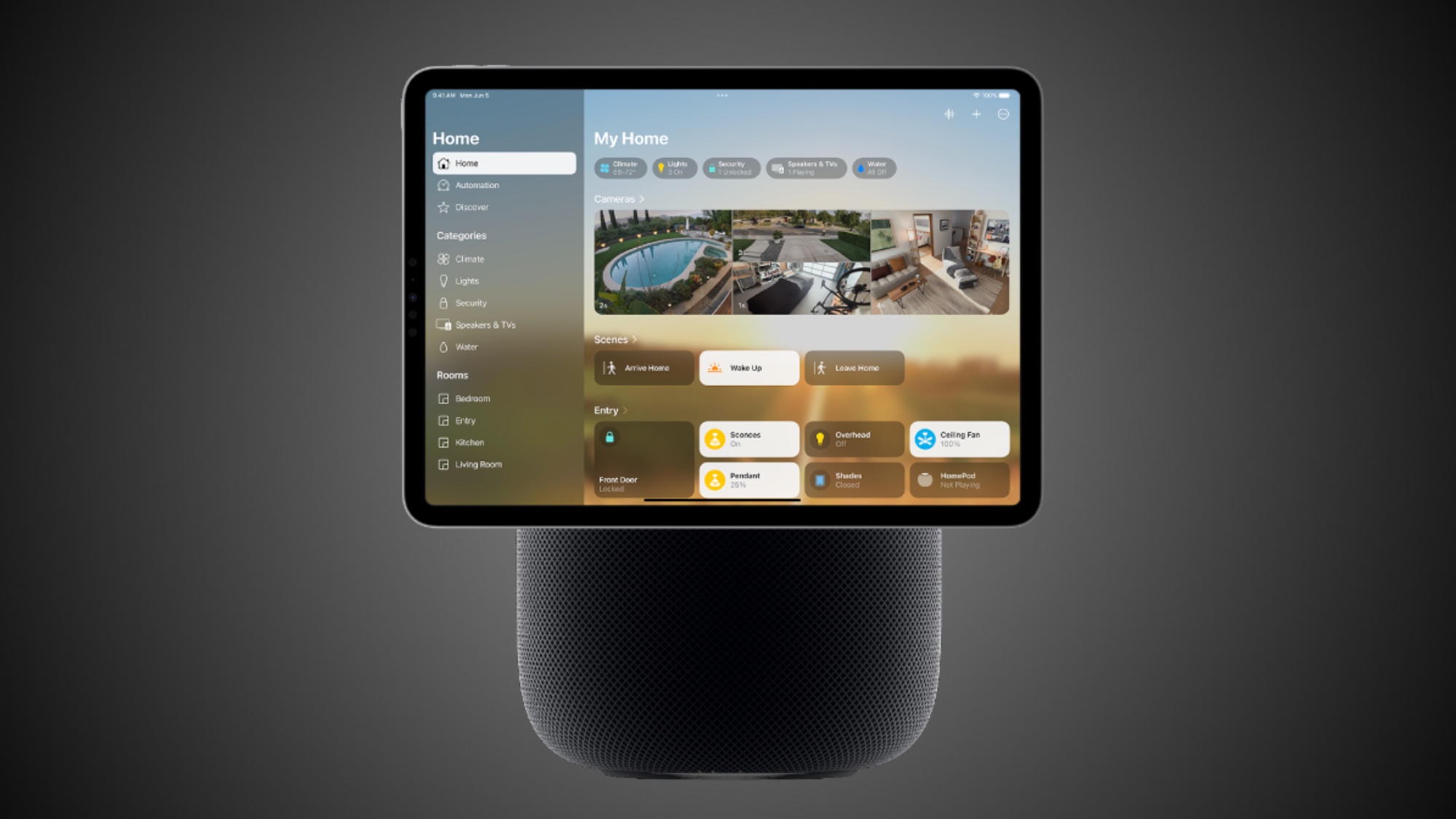Google Stadia was never going to work
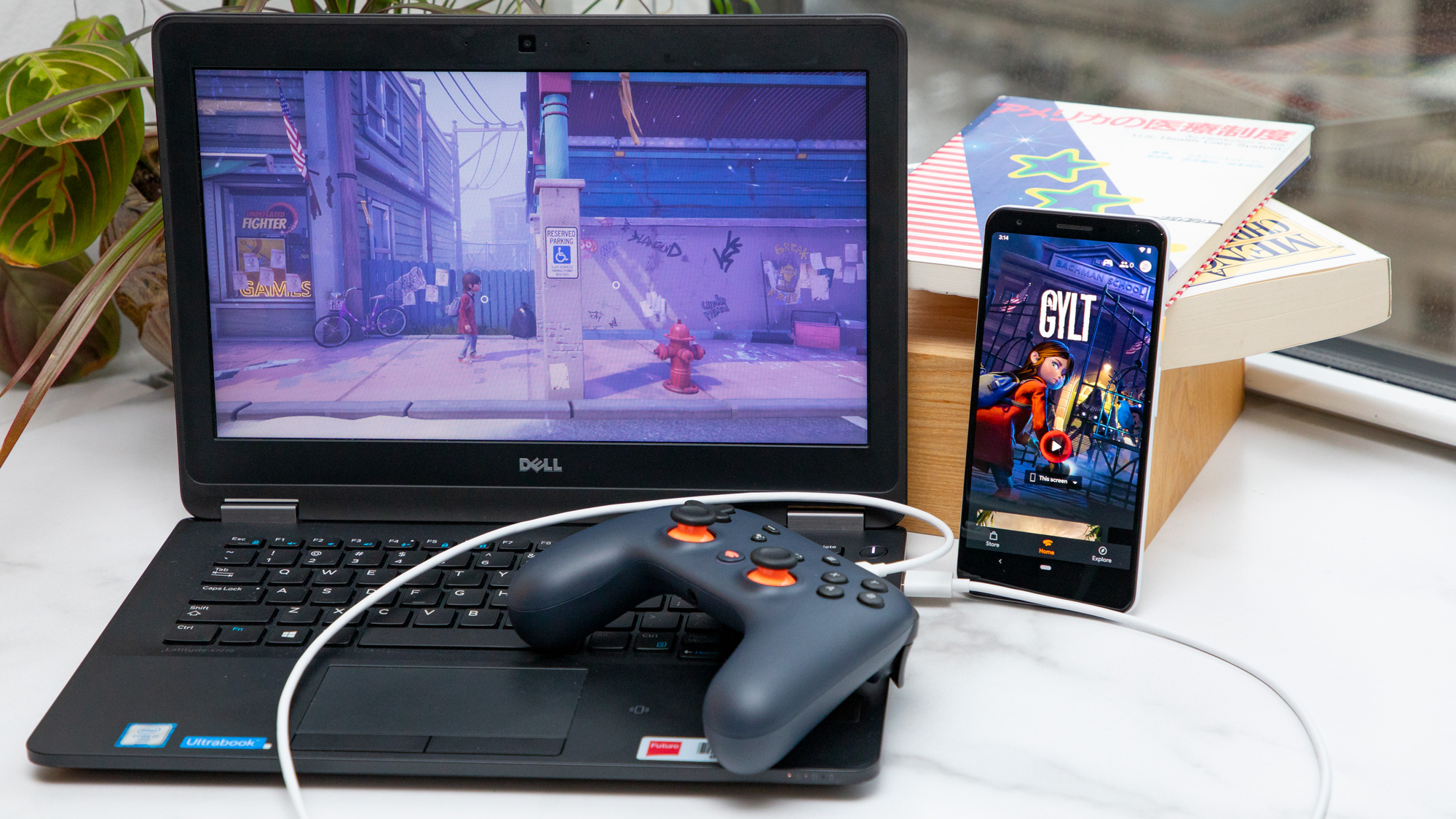
Google Stadia hit a major roadblock this week, when Google announced that it had ceased all first-party game development for its innovative cloud gaming service. The company shut down not one, but two development studios, and bid farewell to Jade Raymond, the visionary producer who greenlit Assassin’s Creed. Google claims that Stadia will be focusing on forging strong partnerships with third-party studios from now on.
In other words: Stadia just lost its biggest chance to stand apart from the rest of the gaming pack. For a service that always struggled to forge an identity of its own, it's a tremendous blow. While it's not quite dead yet, it's reasonable to wonder if Stadia will still be around in a few years.
- Play the best PS5 games
- Also check out the best Xbox Series X games
- Super Bowl 2021 live stream: How to watch it online for free
Without any exclusive games, there’s essentially nothing to set Google Stadia apart from the PC, PS5 or Xbox Series X — save for its cost of entry. Stadia’s saving grace has always been its ability to play games on platforms you already own, obviating the need for a $500 console, or an even more expensive PC.
The question is whether there’s a huge audience of people who need that feature. In my original Google Stadia review, I argued that there might not be. And unless that audience is prepared to emerge in droves within the next few years, it’s possible that Google Stadia was — and is — simply a solution in search of a problem.
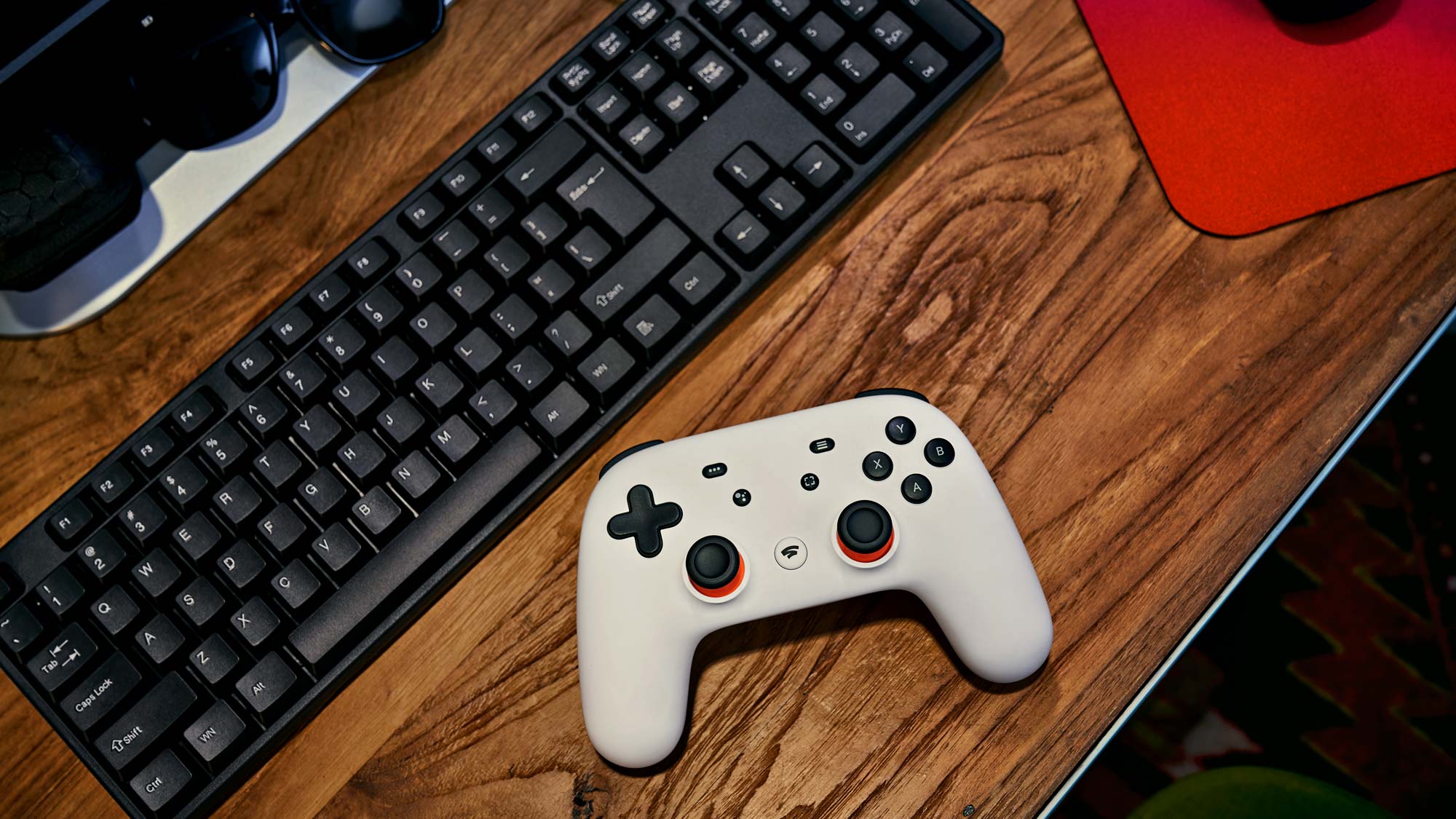
“Who is this for?”
Between mice, keyboards, headsets, monitors, desktops, laptops, games, streaming services and Web browsers, I write a lot of reviews. And every time I sit down to write one, no matter what kind of product is it, my first question is always the same: “Who is this for?”
More so than specs, or price, or features, the single most important thing about any product is its intended audience. If an extremely flawed product could prove useful to its potential audience, it is, on some level, still worth considering. If a nearly perfect product doesn’t offer any particular benefit to its potential audience, it’s probably safe to ignore it.
While I admire a lot about Google Stadia, I’ve never been able to answer “Who is this for?” satisfactorily. From my original review:
Get instant access to breaking news, the hottest reviews, great deals and helpful tips.
“My biggest takeaway from my Google Stadia review, though, is that I simply don't understand who needs it … [It’s] appealing to think that aspiring gamers can now jump into big-budget mainstream titles without having to drop $300 on a console like the PS4 Pro or Xbox One X, or much more than that on one of the best gaming PCs. But is there really a huge audience that's been waiting breathlessly all these years to play Destiny, or Tomb Raider, or Just Dance, but is also unwilling to buy a gaming platform?”
History has more or less borne me out on that one. While Google has been extremely cagey about exact sales figures, we do know that about a million people downloaded the app as of last April. By itself, that’s a large number, and no doubt Stadia has grown since then. But consider that the PS5 has sold more than four times as many units in less time — and the PS5 costs at least $400, whereas the Stadia app is free. (The Xbox Series X is apparently not far behind, so this is not a Sony-specific phenomenon.)
Stadia’s library mostly comprises “core” games. These are often big, lavishly produced adventures that take dozens of hours to complete, such as Assassin’s Creed Valhalla, Final Fantasy XV, Shadow of the Tomb Raider, Mortal Kombat 11, Sekiro: Shadows Die Twice, Jedi: Fallen Order and so forth. Generally speaking, you need a console or PC to run these games, unlike simpler fare, which works fine on a cell phone.
But given the choice between paying $500 for a brand-new console and simply buying games à la carte and streaming them, gamers seem to be going for the former option by a factor of at least fourfold.
Proving this point beyond a shadow of a doubt would require more data than we have access to. But the common-sense conclusion is that Stadia’s games cater to an audience that, by and large, does not require Stadia’s services. If you’re the kind of gamer who wants to play Doom, or Watch Dogs 2, or Octopath Traveler, you probably already own a system that can do the same thing.
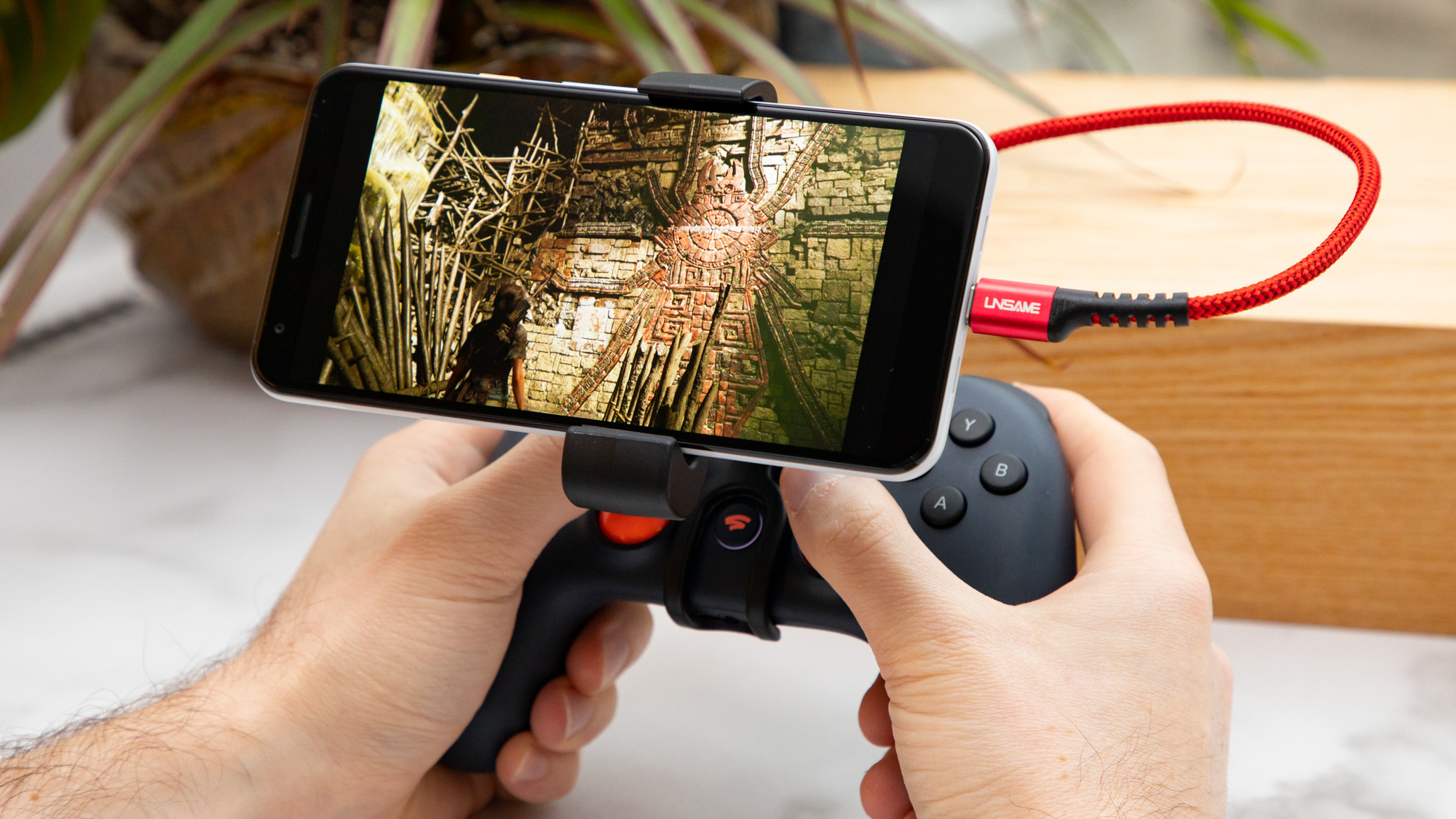
Stadia’s shrinking benefits
Granted, Google Stadia offers a few features that consoles and PCs can’t match — or at least it did when it first launched. If you buy a game on Stadia, it’s doesn’t have to live on a big black box in your living room. You can play your game on a PC; you can play it on a TV; you can play it on a smartphone; you can even play it on a Mac — a feature that, by itself, nearly justifies Google’s whole experiment.
But while these ideas were nearly revolutionary in 2019, they’re become a lot more commonplace since then. Services like Nvidia GeForce Now and Cloud Gaming (Beta) with Xbox Game Pass (which needs a catchier name, posthaste) also let you stream games to any computer, and most smartphones.
The big difference — and the reason why GeForce Now and Xbox Cloud Gaming are generally better than Stadia — is that Nvidia and Microsoft’s services let you fully leverage the hardware you already own. If you have an Xbox or a PC, you can download a game and run it in real-time, or even offline, if you prefer. If you prefer to use a different platform, you can stream it.
By offering core games, but locking players into a streaming delivery system, Stadia essentially bypasses powerful tech that its audience already owns. This ignores the fact that gamers often feel attached to their gear, be it the familiarity of a console, or the hard work that went into building a PC.
More importantly, it also puts your experience entirely in Google’s hands. If Stadia’s servers don’t play nice — and sometimes they don’t — you have no choice but to wait it out, even if you’re playing a single-player game. If the game drops a few frames now and then, or doesn’t render background textures properly, or syncs audio improperly, it’s a worse experience than just using the console or PC you (probably) already own.
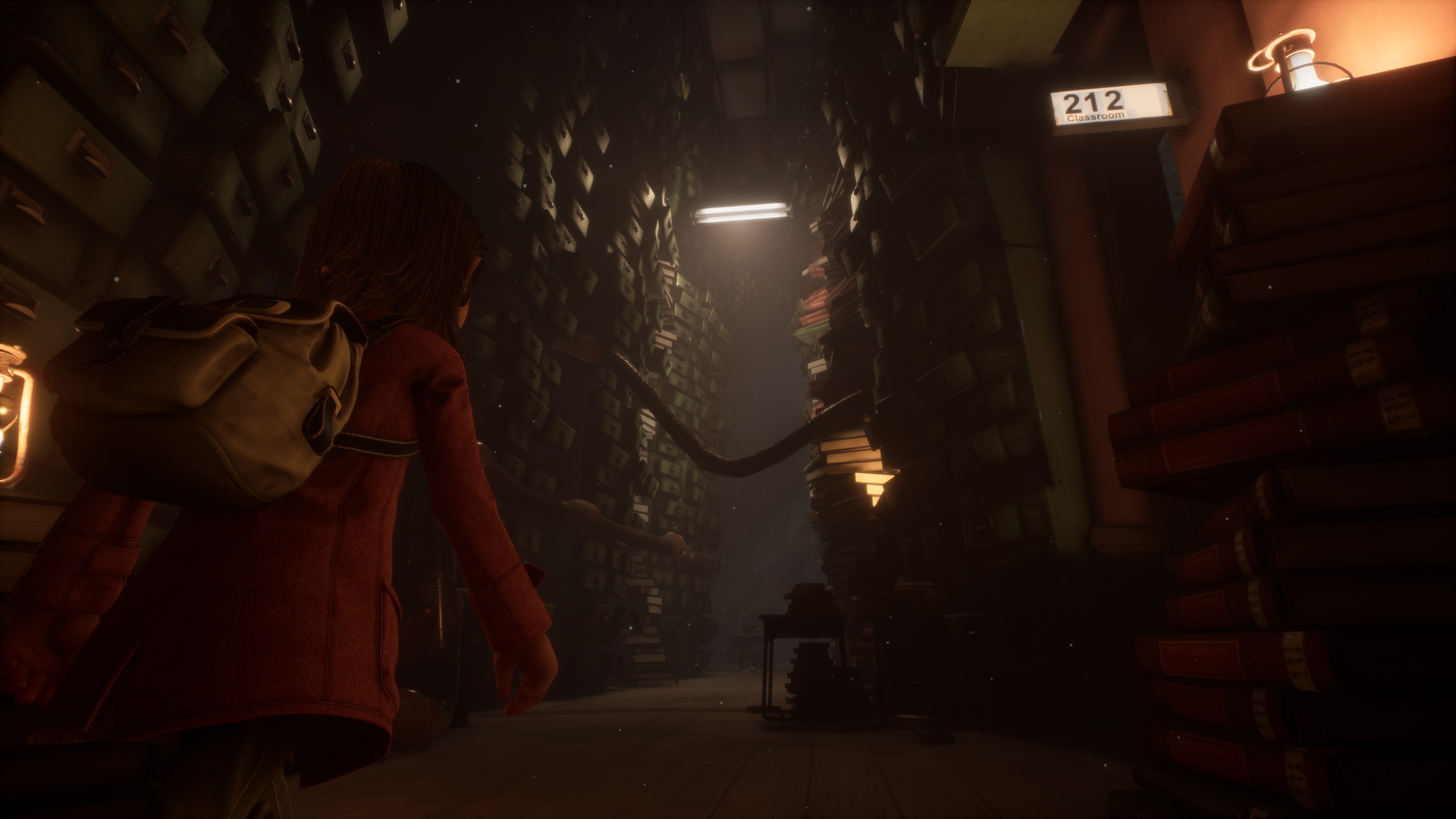
A familiar selection
Still, if Stadia had a rich host of exclusive titles, these problems wouldn’t really matter. Gamers had no issue buying the Nintendo Switch to play Breath of the Wild, or the PS5 to play Demon’s Souls; they’d have even less of a problem buying an exciting exclusive on Stadia, since there’s no associated hardware cost. (There’s a $10-per-month subscription if you want to play in 4K, but that’s still a long way from $300-500 for a whole new console.)
Despite being on the market for more than a year, Stadia has very few exclusive titles: Gylt, Crayta, and Orcs Must Die 3. All three games were decent, but not what you’d call “system-sellers.” Apart from that, they all seemed like they’d play just fine on a PC or console; there’s nothing distinctively “Stadia” about them. Now that Stadia’s first-party prospects are essentially nil, a breakout exclusive hit seems like an even more remote prospect.
That brings us back to the proverbial millstone around Stadia’s neck: It is, and always has been, a service that sells games to people who already have better means to play those games. I’m not denying that there’s a real gear-restricted audience that’s benefited. But all indications suggest that this audience is very small, while traditional gaming systems are just as popular as ever.
To leave you with a concrete example, Cyberpunk 2077 was probably as close as Stadia has come to a breakout hit. While Cyberpunk 2077 is available on the PS4, PS5, Xbox One and Xbox Series X, it works (somewhat) properly only on PC — and only very high-end PCs at that. And Stadia essentially gives users a high-end PC for the price of a single game.
But as veteran producer Jacob Novik pointed out, once it’s patched, Cyberpunk 2077 will be (almost) as good on most other platforms, putting Stadia right back where it was to start. Given the choice between something familiar that works well, and something new that works almost as well, people will usually go for the former.

Marshall Honorof was a senior editor for Tom's Guide, overseeing the site's coverage of gaming hardware and software. He comes from a science writing background, having studied paleomammalogy, biological anthropology, and the history of science and technology. After hours, you can find him practicing taekwondo or doing deep dives on classic sci-fi.
